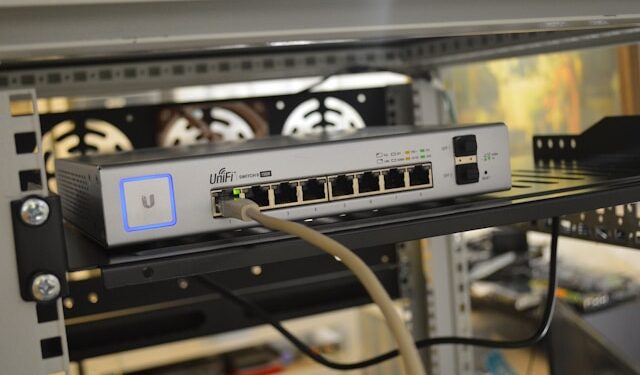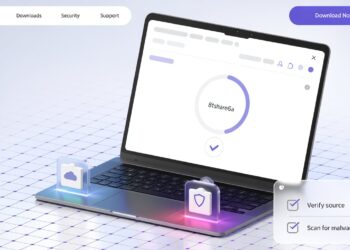Nothing is more frustrating than paying for high-speed internet only to experience sluggish performance when streaming, gaming, or working online. If your connection slows down at certain times or during specific activities, your ISP may be throttling your bandwidth. Fortunately, there are ways to stop ISP throttling and ensure you get the speeds you’re paying for.
This guide will help you detect bandwidth throttling and show you how to bypass bandwidth throttling to improve internet speed.
How to Detect ISP Throttling
Before taking action, it’s important to confirm whether your internet provider is intentionally slowing down your connection. Here are some ways to check:
1. Run Speed Tests at Different Times
Perform multiple internet speed tests throughout the day. If your speeds are significantly slower during peak hours but return to normal late at night, your ISP may be limiting bandwidth.
2. Compare VPN vs. Non-VPN Speeds
A VPN encrypts your internet traffic, preventing your ISP from seeing which websites or services you’re using. If your speed improves when using a VPN, it’s a strong sign your ISP is throttling certain types of traffic, such as streaming or gaming.
3. Check for Slowdowns on Specific Activities
Some ISPs throttle specific activities like Netflix, YouTube, or online gaming. If these services run slower than general web browsing, throttling is likely the cause.
Ways to Stop ISP Throttling
If you’ve confirmed that your internet provider is slowing you down, here are some effective ways to bypass bandwidth throttling and improve internet speed.
1. Use a VPN
A VPN is one of the most effective ways to prevent slow internet caused by throttling. By encrypting your data, a VPN hides your online activities from your ISP, making it impossible for them to selectively slow down certain types of traffic. Choose a reputable VPN provider with fast servers to maintain high speeds.
2. Change DNS Settings
Your ISP’s default DNS servers can contribute to slow browsing speeds. Switching to a third-party DNS service like Google DNS or Cloudflare can result in faster and more stable connections.
3. Monitor and Limit Data Usage
Many ISPs impose data caps, and exceeding them can trigger speed reductions. To avoid this:
- Track your monthly data usage through your ISP’s dashboard
- Reduce high-bandwidth activities like large downloads during peak hours
- Use data compression features in apps and browsers
4. Upgrade or Negotiate Your Internet Plan
If your current plan includes a data cap or lower priority speeds, consider upgrading to a higher-tier plan with more bandwidth. You can also contact your ISP and negotiate for better terms, especially if you’ve been a loyal customer.
5. Optimize Network Settings
To ensure your home network is running efficiently:
- Use Quality of Service (QoS) settings on your router to prioritize important tasks like video calls and gaming
- Connect high-demand devices via Ethernet for a more stable connection
- Restart your modem and router regularly to refresh your connection
Legal and Regulatory Considerations
Net neutrality laws vary by country, and some regions have stronger consumer protections against throttling. If you believe your ISP is engaging in unfair practices, you may have the right to:
- File a complaint with your local telecom regulatory agency
- Switch to an ISP that offers unrestricted speeds
- Advocate for stronger internet protections in your region
Conclusion
ISP throttling can be frustrating, but there are effective ways to stop ISP throttling and prevent slow internet. Using a VPN, changing DNS settings, and optimizing your network can significantly improve internet speed. If you suspect your provider is limiting your connection unfairly, consider negotiating a better plan or switching to a more transparent ISP.





